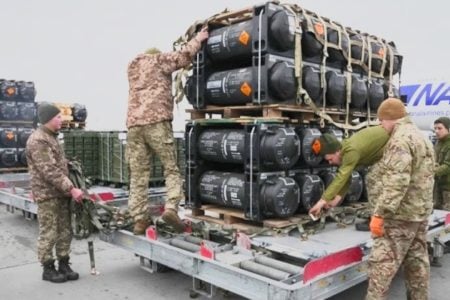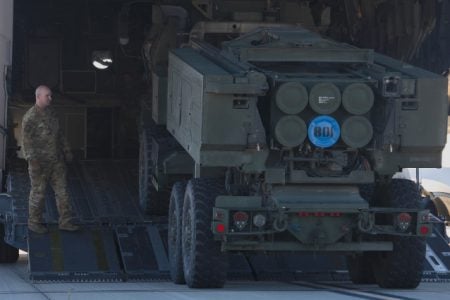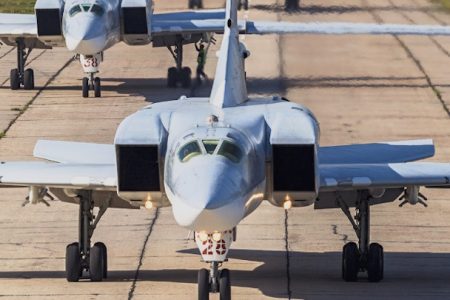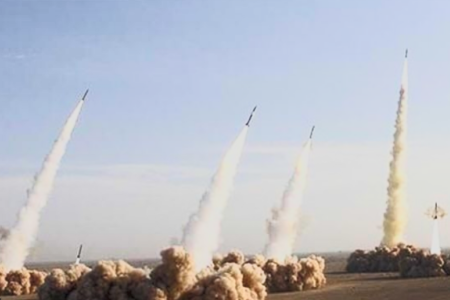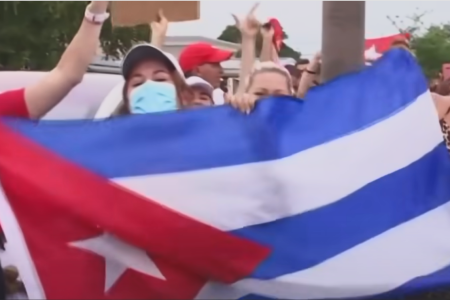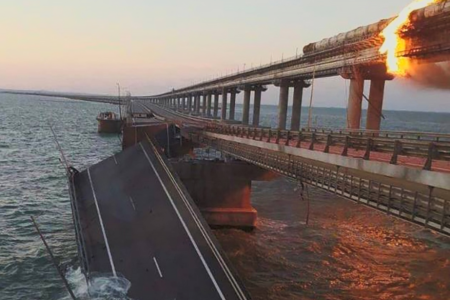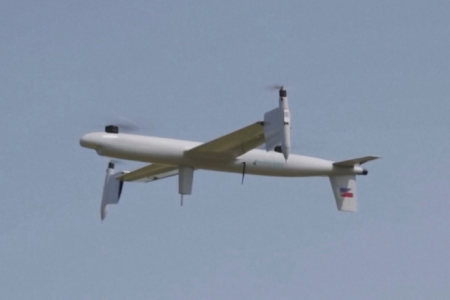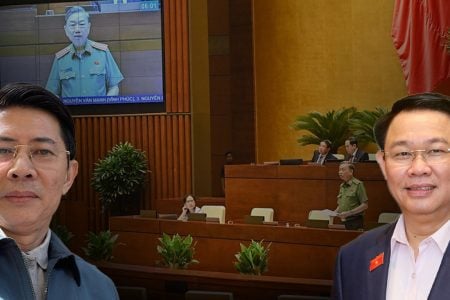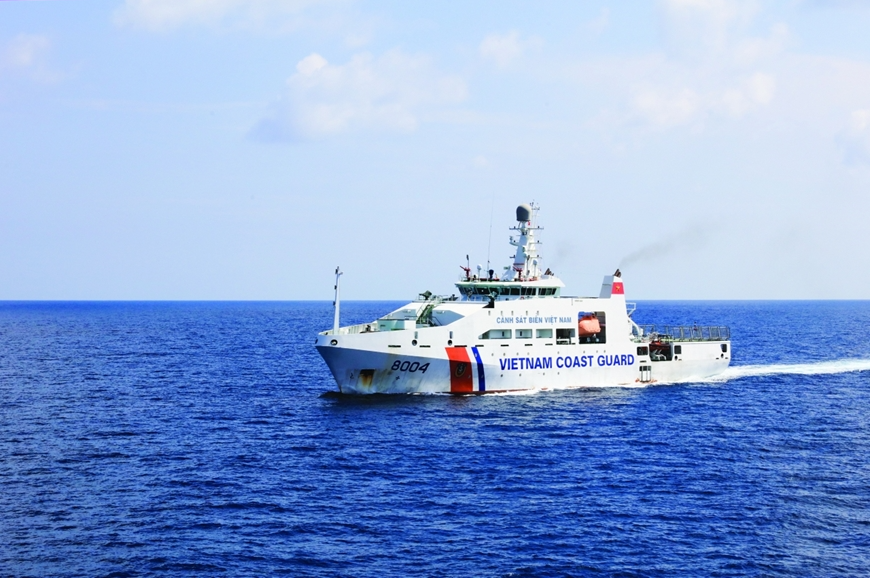
China’s growing threat in the South China Sea
While Vietnam was straining against the Covid pandemic with military deployment in the southern region, especially Saigon, China has caused a stir in the South China Sea (Vietnam calls it the East Sea).
On August 22, a Vietnamese scholar reported that at least four Chinese probes were operating illegally in the exclusive economic zones (EEZs) of three countries, Vietnam, Malaysia, and the Philippines.
According to information from Energyvoice (2) recently, a Chinese Coast Guard vessel infiltrated and threatened the exploration drilling activities of oil and gas company Harbor Energy in the Tuna Block located in the Natuna Sea (the name given by Indonesia to an oil company) part of the South China Sea) of Indonesia. Notably, this appraisal drilling operation is backed by Russia’s state-owned Zarubezhneft corporation and the incident highlights the fact that Moscow’s energy interests in the South China Sea are increasingly threatened by China.
Accordingly, in the latest report, energy consulting group Westwood Global Energy said that shortly after the above drilling operation started, the Hai Duong 5202 ship of the Chinese Coast Guard appeared in the adjacent waters, close to Harbor Energy’s drilling site under the Tuna Block production sharing contract (PSC) in the Natuna Sea. According to Westwood, “Hai Duong 5202 is believed to be about three miles from the drilling site. Indonesian authorities responded by deploying the KRI John Lie (385) naval corvette to the site of the provocation.”
These actions by China come at a time when US officials are actively making visits to Southeast Asia, in which the US Secretary of Defense visited three Southeast Asian countries last month, and now, the Vice President of the United States is on a visit to Singapore and Vietnam.
In recent years, Vietnam, the Philippines and Malaysia have all come under pressure to halt joint development projects with foreign energy companies operating in areas of the South China Sea claimed by Beijing. Throughout 2019, 2020, Chinese ships have always followed Vietnam’s Block 06.1 area. From 2019 until the beginning of this year, Chinese warships and aircraft also continuously threatened Malaysian probes in the Luconia Shoal area. In early 2020, Indonesia had to mobilize the strength of the Navy to deal with Chinese fishing boats that violated the North Natuna waters. Speaking to Energyvoice, Ian Storey, senior research fellow and Asia security expert at the ISEAS Yusof Ishak Institute in Singapore, said: “Beijing is increasingly using Coast Guard vessels to harass survey ships and oil rigs operating in the exclusive economic zones (EEZs) of coastal states in order to pressure Southeast Asian governments into negotiating settlement agreements with energy companies to set aside disputes. China.”
The “Gray Zone” strategy is repeated
In recent times, China has steadily increased its “below-war” threat activities, which Western researchers call “gray zone tactics.”
The South China Sea is a typical place where China’s “gray zone” activities take place. In 2013, China’s Rear Admiral Zhang Zhaozhong explained how China, in a meticulous chronological sequence, first brought fishing boats into disputed territory, then fisheries patrol boats, followed by fishing boats, coast guard ships and finally warships of the Chinese Navy. China calls this a “cabbage strategy” in which islands are surrounded by layers to prevent other countries’ ships from approaching. Today, this strategy is supplemented with armed maritime militia, military aircraft, government survey ships and even oil rigs, all of which operate in coordination with operations of social media, cyber warfare and interference with the global positioning system (GPS). This strategy can also be extended to suit the circumstances, for example, in the March 2021 incident at Whitsun Reef, more than 200 Chinese fishing vessels were mobilized.

In fact, China has adopted a variety of “gray zone” tactics, with the aim of seeking a long-term strategic advantage over other countries in the South China Sea.
The “gray zone” actions don’t have to be messy. China has carried out a perfectly orchestrated campaign approved and controlled by the highest levels of the Chinese Communist Party (CCP) and the People’s Liberation Army (PLA). The “gray zone” actions are not the free actions of tactical commanders. They are purposefully planned to prevent military escalation and are carefully scripted “the brink of war” tactics.
This is Beijing’s way of deliberately making such a presence of China Coast Guard ships, which will put more pressure on ASEAN governments in the South China Sea to halt such projects, by implicitly threatening them. threatens to take action to obstruct such activities when necessary. Even if not aimed at governments, Beijing wishes that such a constant presence would worry the oil and gas companies involved, forcing them to back out of projects.
Indonesia reacts hard
In 2020, during the “war of notes“, Jakarta has affirmed that there is no maritime dispute with Beijing in the South China Sea. The award of the Hague International Arbitration Court in 2016 also affirmed that most of China’s maritime claims in the South China Sea have no basis or legal validity, thereby reinforcing Indonesia’s position.
Speaking to Energyvoice, Mr. Storey – a Singapore-based security expert said: “For many years, Indonesia has repelled illegal Chinese fishing activities in its exclusive economic zone (EEZ) with openly rejecting Beijing’s claims within the ‘nine-dash line’ and increasing its military presence around the Natuna Islands. If the Chinese coast guard begins to interfere with drilling in the Tuna Block, Jakarta will have many options, from protesting diplomatically to deploying maritime law enforcement vessels and warships for protection. its economic interests. I think we are likely to see Indonesia react more firmly than Malaysia in maritime disputes with China.”
Indonesia’s response will be a significant lesson for other countries such as Vietnam, Malaysia and the Philippines to learn.
China’s intimidation is so strong that no small country in Asia is capable of challenging its power. However, the more aggressive actions Beijing takes in the South China Sea, the more Beijing alienates countries that also have claims to this sea and other countries. That paves the way for the US to increase its presence in the region. This is exactly what Beijing needs to rethink.
Thoibao.de (Translated)




